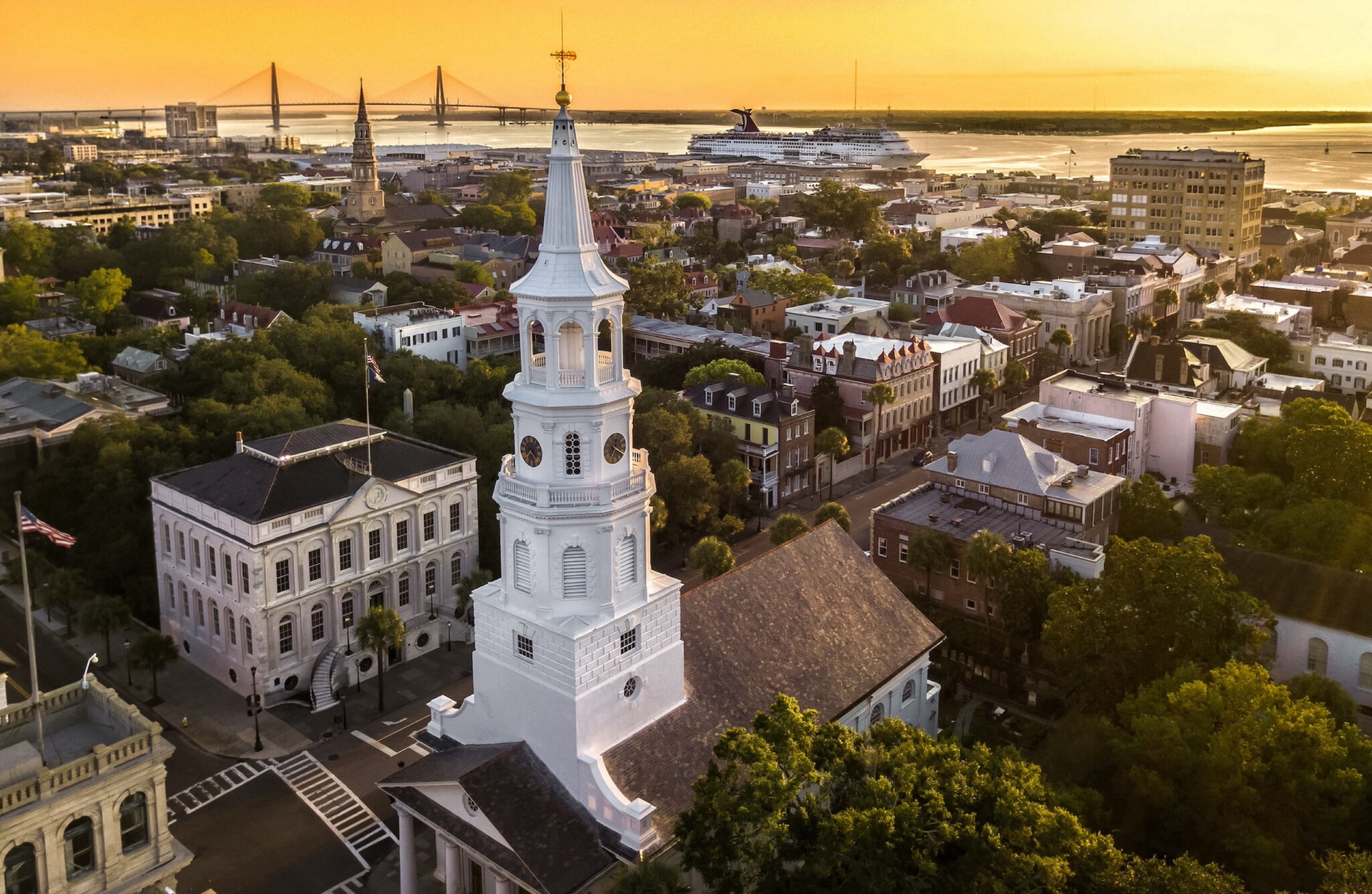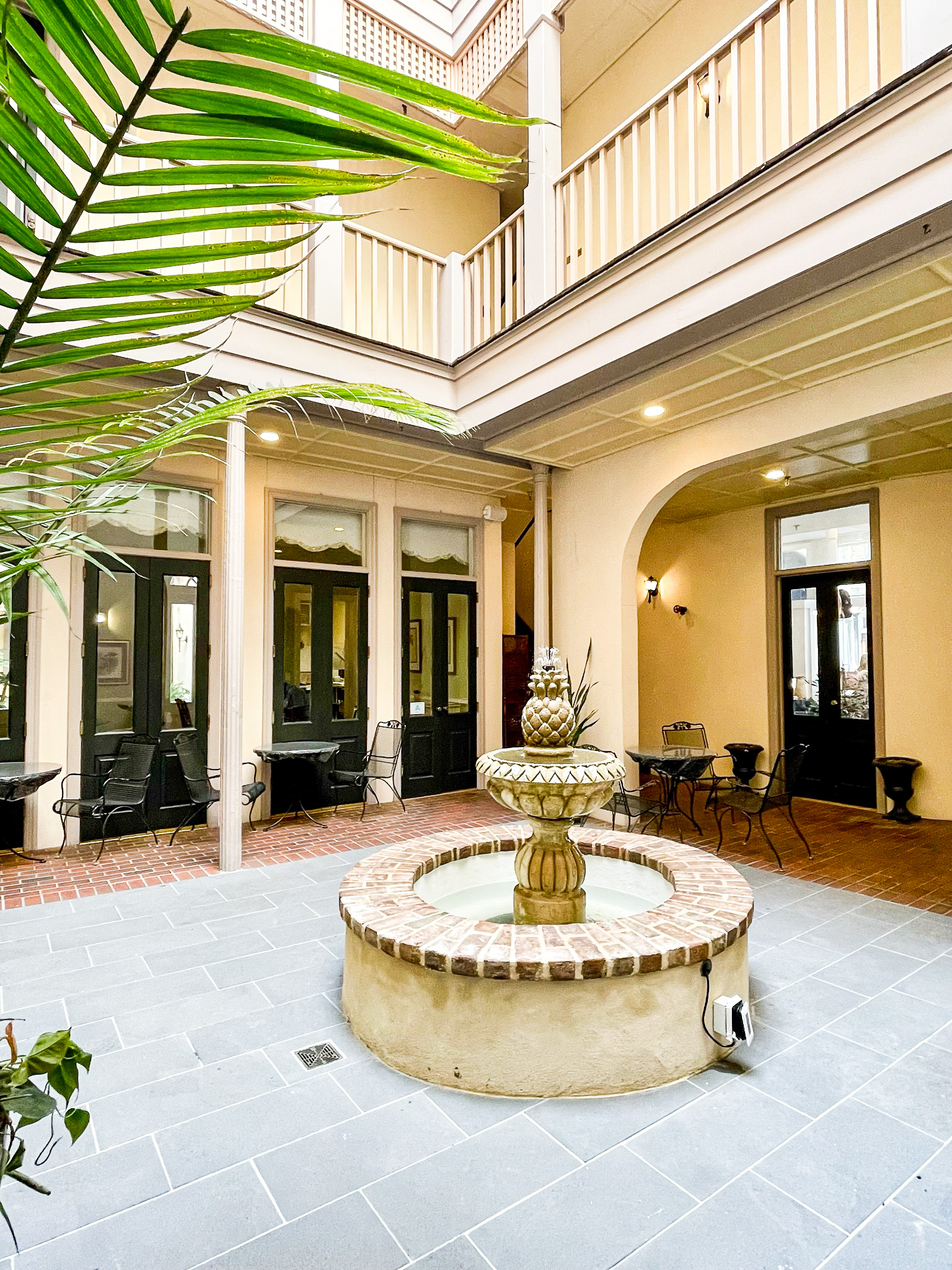Historic Homes & Churches
Downtown Charleston, known as the Holy City, is home to over 400 churches, one of the largest concentrations in the country, with many of the nation’s oldest congregations. You can explore these historic sites on a guided tour or on your own, led by our guide to the city’s most popular churches. The historic downtown is also filled with historic homes, many open to the public and maintained by the Historic Charleston Foundation. Whether on a guided or self-guided tour, you can visit several of these homes in one day as part of a walking tour, immersing yourself in Charleston’s rich history and architecture.
Historic Homes

Edmondson-Alston House
Address: 21 E. Battery
This historic family home was originally built in 1825 by Scottish shipping merchant Charles Edmondston and later sold to a member of the Low Country rice-planting dynasty, Charles Alston. After purchasing the house, Charles Alston quickly added his own personal touches and updated the house in the Greek Revival style. The house remains in the Alston family today as you can tour the property and relive its history as well as the history of those who were enslaved on the property. During the tour, you’ll find an original print of the Ordinance of Secession, pieces of the family’s art collection, the original dining room table, and exquisite interior woodwork.
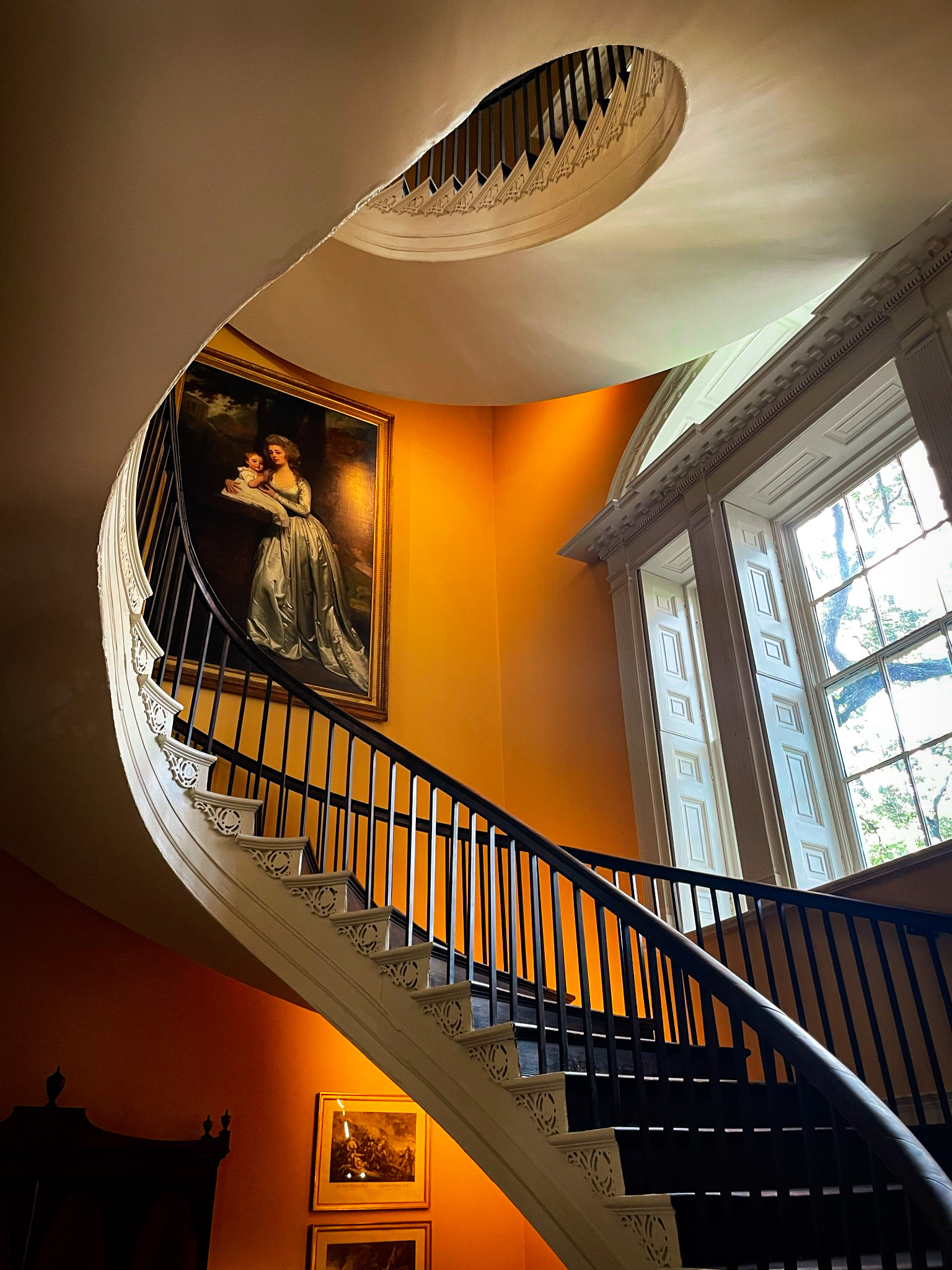
Nathaniel Russell House
Address: 51 Meeting Street
Originally from Bristol, Rhode Island, Nathaniel Russell arrived in Charleston in 1765. Through his lucrative endeavors, Nathaniel constructed a townhome at 51 Meeting Street for himself and his family, which they moved into in 1808. For its time, the home was truly outstanding- complete with breathtaking gardens, geometrically shaped rooms, complex plasterwork ornamentation, and its most defining feature, a three-story, cantilevered, flying staircase. Today, the Nathaniel Russell House has been restored to its 1808 appearance.
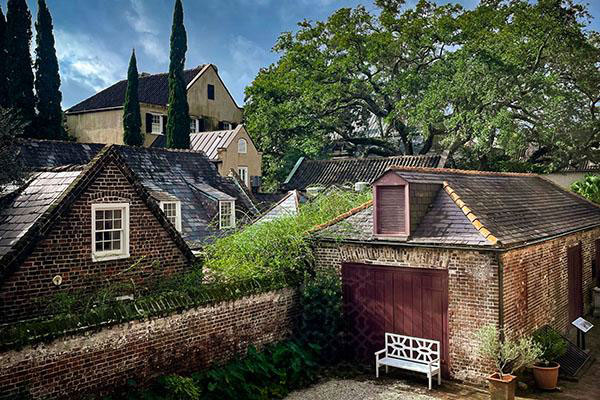
Heyward-Washington House
Address: 87 Church Street
This iconic Charleston landmark was home to Thomas Heyward, Jr., an artillery officer and one of four men from South Carolina to sign the Declaration of Independence. One of the coolest facts about this property is that President George Washington rented the house during his week-long stay in the Holy City in May of 1791, hence the name Heyward-Washington. Today, visitors can tour the whole property, view the original Charleston-made colonial furniture, and explore the formal gardens, where they will find plants commonly planted during this period of South Carolina history.

Joseph Manigault House
Address: 350 Meeting Street
Built in 1803, this antebellum work of art was home to the Manigaults, a family of successful rice planters and merchants during the 18th century. Today it is owned and preserved by the Charleston Museum. Inside the home, visitors can find American, English, and French furniture dating back to the early 19th century, along with one-of-a-kind architecture and a period garden.
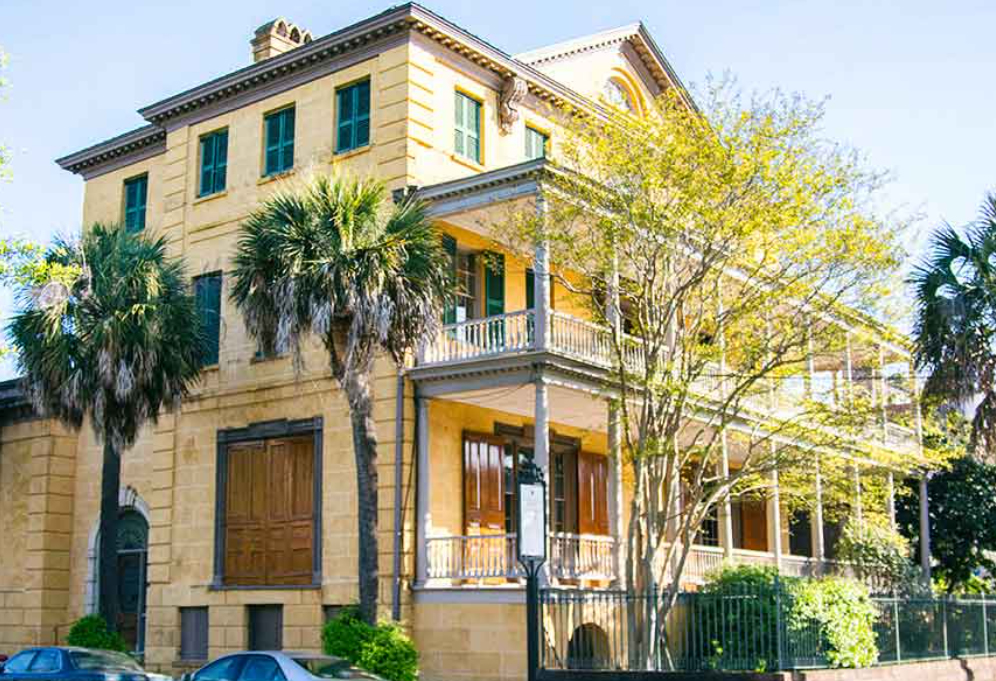
Aiken Rhett House
Address: 48 Elizabeth Street
Originally built in 1820, this historic property is truly unique as it is one of the nation’s best-preserved townhouse complexes. Left in an “as-found” state, this property allows its visitors to experience all its features in a non-altered mid-19th-century condition. One of the most remarkable parts of the property is the Aiken-Rhett slave quarters. This part of the property has been untouched since the 1850s, allowing visitors to better understand the everyday reality of the countless enslaved Africans who lived and worked on the property.
Historic Churches
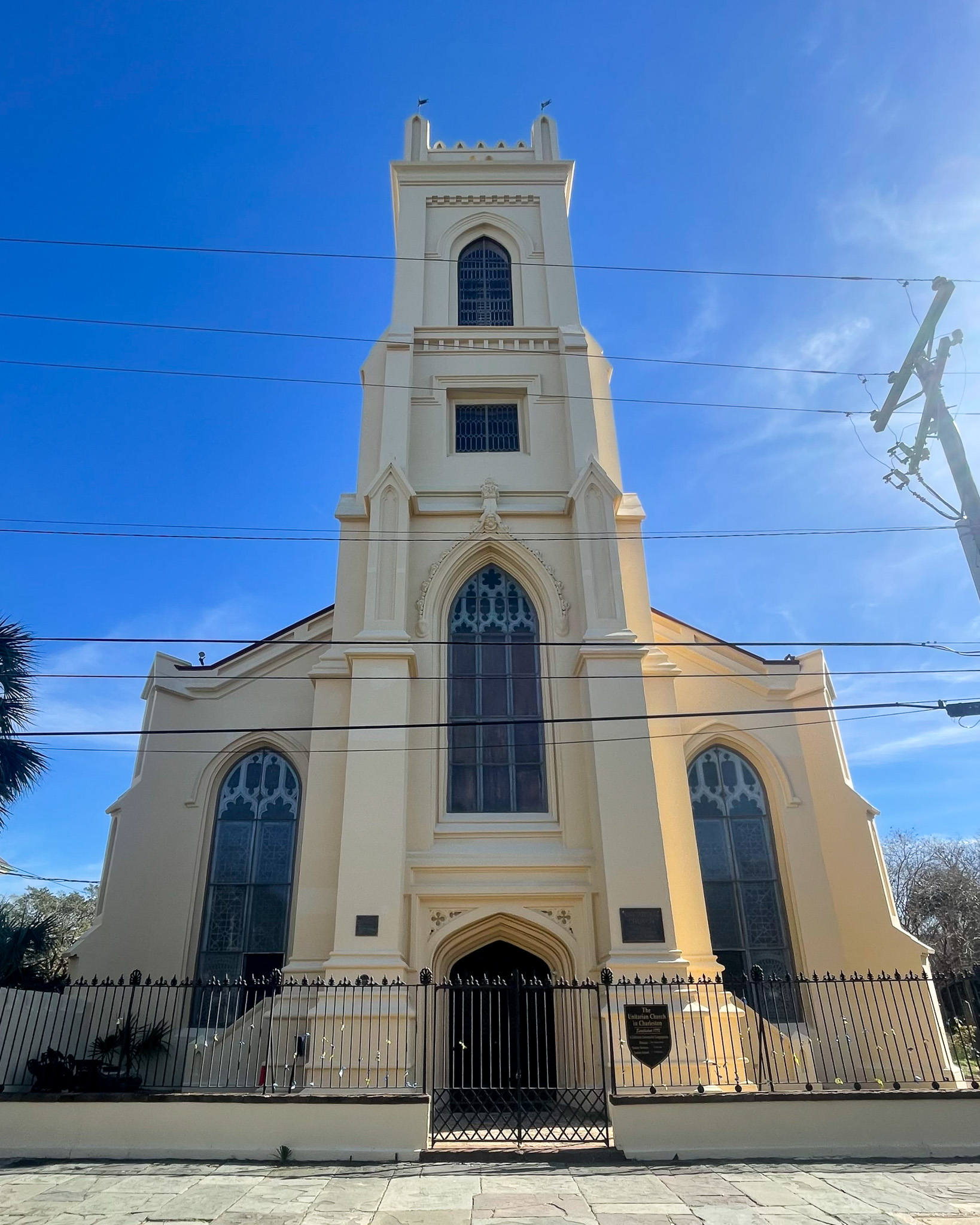
Unitarian Church
Address: 4 Archdale Street
Known as the second oldest church building on the Charleston peninsula, this Gothic Revival/English Gothic church was consecrated in 1787. The original purpose of the church was to handle the overflow of churchgoers from the First Independent Church of Charleston. Throughout its existence, the church has survived two wars, six major hurricanes, two devastating fires, and an earthquake.
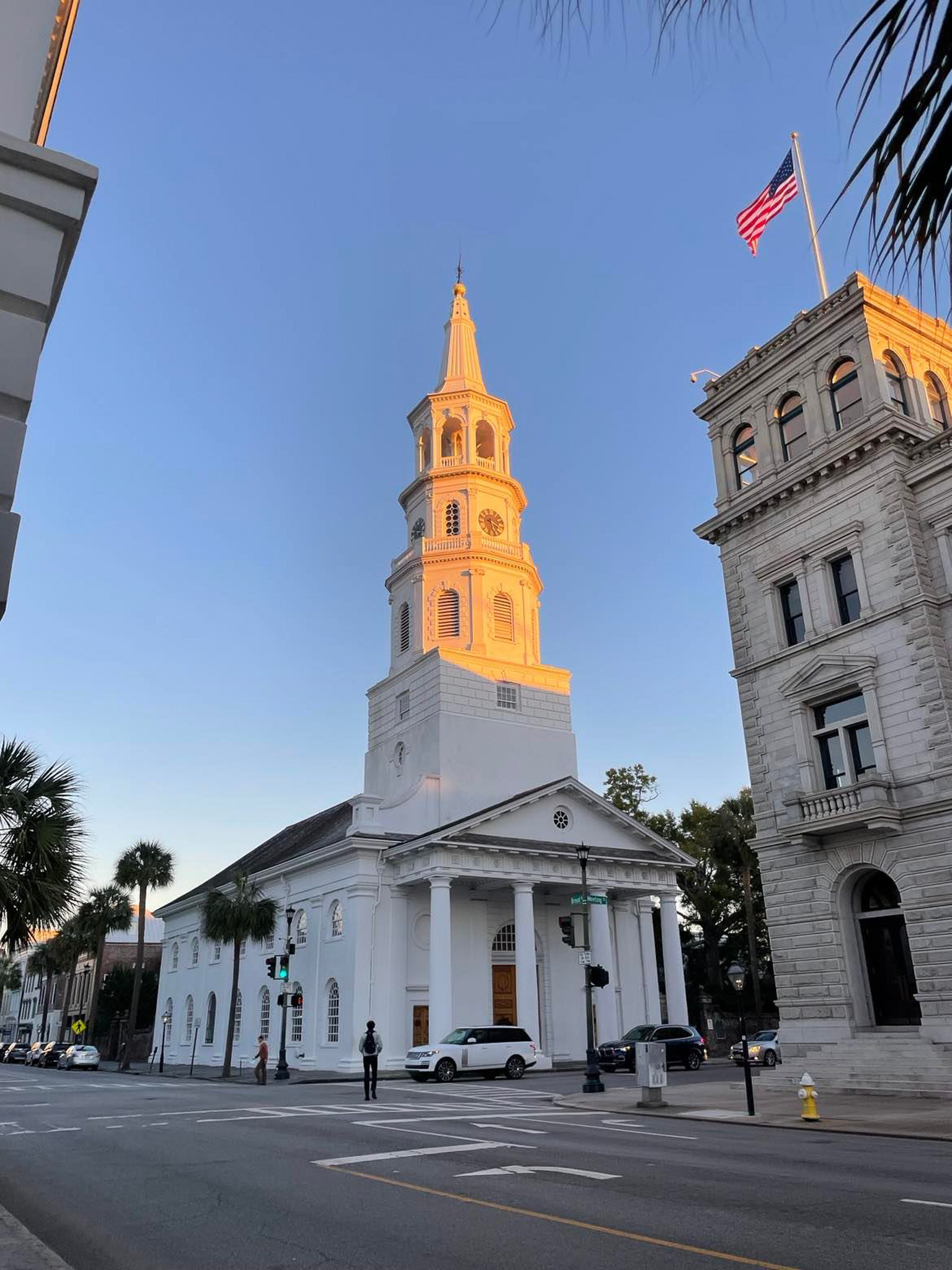
St. Michael’s Church
Address: 71 Broad Street
With construction first starting in 1752 and completion of the church in 1761, St. Michael’s Church is the oldest church in the Holy City. One of the church’s most notable visitors was the first President of the United States, George Washington; during his visit to Charleston in 1791, Washington stopped in for a prayer. St. Michael’s Church stands on the crossroads of the “Four Corners of the Law,” where you will find City Hall, the County Courthouse, the United States Post Office, and the Federal Courthouse.
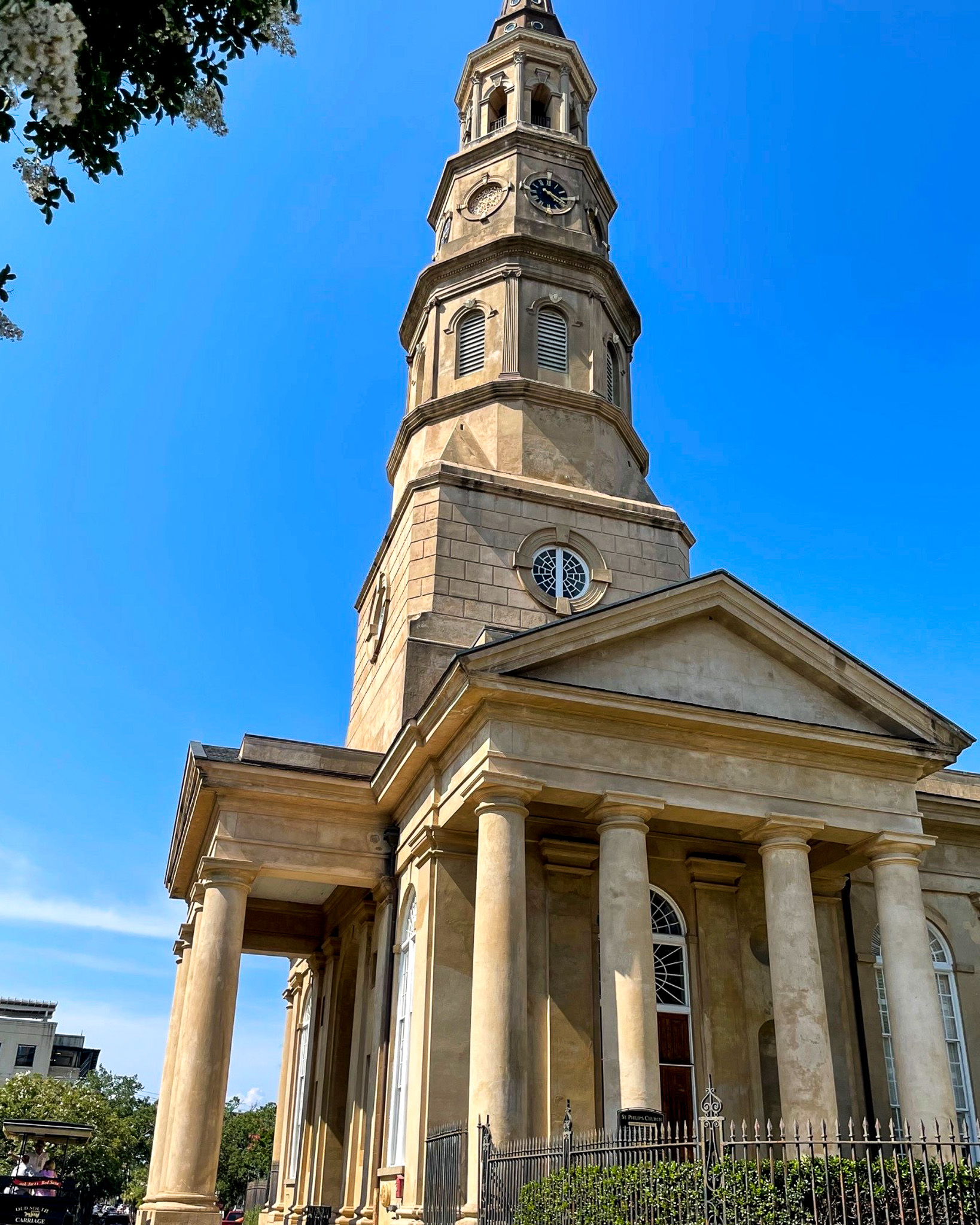
St. Philip's Episcopal Church
Address: 142 Church Street
St. Philip’s Episcopal Church is probably the most recognizable church in Charleston. A part of the Anglican Church of North America, St. Philips Episcopal Church is the oldest congregation in the United States south of Virginia. The building was completed in 1838. In its churchyard are the graves of Vice President John C. Calhoun, signer of the Declaration of Independence, Edward Rutledge, and Dubose Heyward, author of “Porgy” — on which the Gershwin opera “Porgy and Bess” was based. Standing high above the city, St. Philip’s is often called “The Lighthouse” as its steeple was once used as a lighthouse to guide ships into the Charleston Harbor.

Circular Congregational Church
Address: 150 Meetings Street
With a history dating back to at least 1681 when it was established by English Congregationalists, Scotch and Irish Presbyterians, and French Huguenots of the original Charles Towne settlement, this church houses the city’s oldest burial grounds. The original structure was destroyed by fire in 1861 and damaged by the 1886 earthquake. The present building opened in 1892.

Emanuel African Methodist Episcopal Church
Address: 110 Calhoun Street
The Emanuel African Methodist Episcopal Church, often called Mother Emanuel, stood as a beacon for African Americans before and during the Civil War. Denmark Vesey, one of the church’s founders, was tried as a member of a slave revolt plot and later executed alongside other organizers. But the church still stands as a symbol of freedom with leaders like Booker T. Washington, Dr. Martin Luther King Jr., and Coretta Scott King visiting. The current church, built in 1891, replaced an earlier church badly damaged in the earthquake of 1886.

Kahal Kadogsh Beth Elohim
Address: 90 Hasell Street
Known as the birthplace of American Reform Judaism, The Kahal Kadosh Beth Elohim was founded in 1749 and is one of the oldest Jewish congregations on the East Coast. The original structure was destroyed by fire in 1838 and rebuilt by one of the members, along with at least two enslaved artisans. The synagogue member was named David Lopez, and the two enslaved artisans were trained carpenters named Kit and George. The current building was finally rebuilt and completed in 1840.

Cathedral of St. John the Baptist
Address: 120 Broad Street
Construction on this antebellum cathedral started on July 30, 1830, with the structure being able to seat up to 1,200 people and costing $103,000 to build. About 30 years later, in 1861, a fire ravaged a large portion of Charleston, including this cathedral. After years of fundraising, the church was rebuilt beginning in January of 1890. One of the most notable parts of this cathedral is the unique stained glass windows above each entrance. Each of the stained glass windows includes the Papal coat of arms and the seal of the state of South Carolina.

First Baptist Church
Address: 61 Church Street
The First Baptist Church congregation was organized in 1682 in Kittery, Maine. In late 1696, the pastor William Screven gathered 28 members of the congregation and moved to Charleston. The church lays claim to being the oldest Baptist church in the South. The congregation moved into its Robert Mills-designed building in 1820.

St. John's Lutheran Church
Address: 5 Clifford Street
With a 250-year-old history, this church was founded by German immigrants in 1742 and is the mother church for all South Carolina Lutherans. Due to its long-standing history, St. John’s Lutheran Church is one of the oldest congregations of the Evangelical Lutheran Churches in America. The church’s design was thanks to Frederick Wesner, a well-known Charleston architect and church member. The present building began construction in 1816 and was completed in 1818. One of the building’s most notable features is the church’s red doors, a feature that is commonly found in connection with Lutheran churches.

The French Huguenot (Protestant) Church
Address: 136 Church Street
The current church was completed in 1845, but its congregation goes back to 1681 when French Protestants fled persecution at home. Once a year, the church performs services in French to recognize its past. This is the only remaining independent Huguenot Church in America. Throughout its time, the church has lived through substantial damages such as shellfire during the lengthy bombardment of downtown during the Civil War and it was almost completely demolished in the Charleston earthquake of 1886.
Whether you are a local or in Charleston for a visit, we hope you will take a day to explore Charleston’s historic homes and churches. As you do, you will also be able to experience the charming neighborhoods located throughout the Historic District.
Book your stay today and experience all the charm and history Charleston has to offer!


